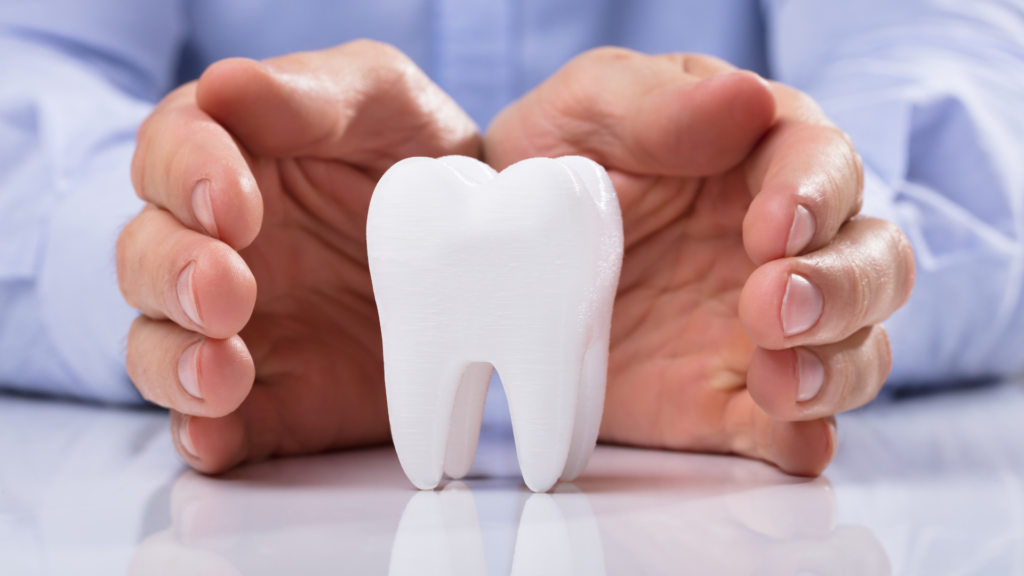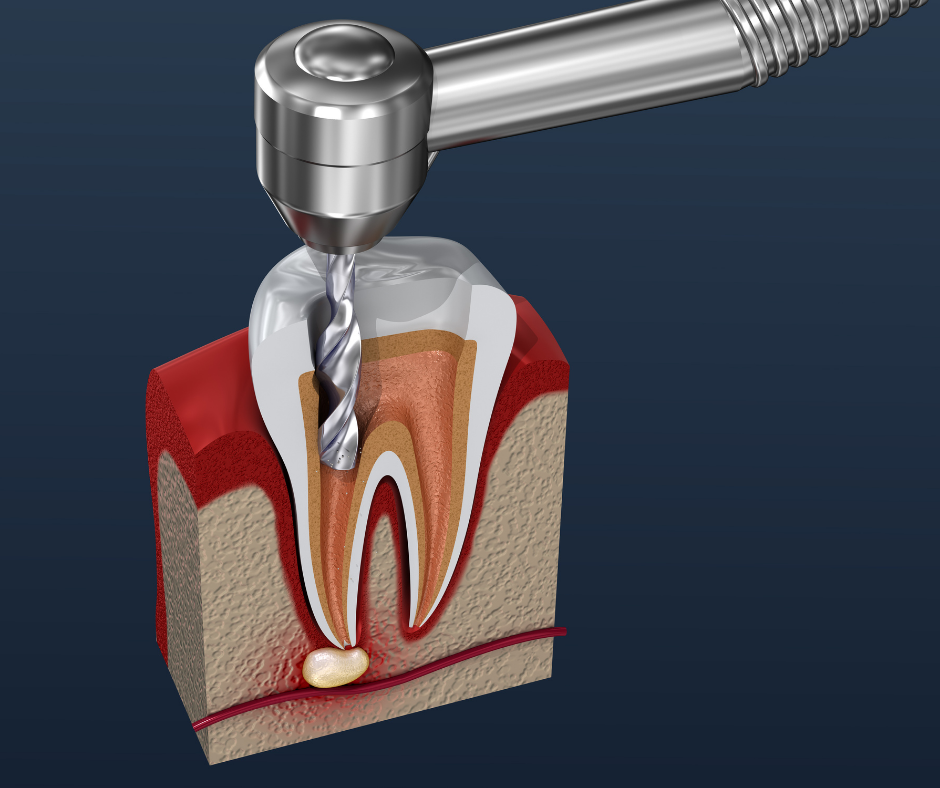Are You Ready for a Change?
How would it improve your life if you could smile confidently in every interaction? Find out more in our Pro Dental Concepts office. We warmly welcome new patients of all ages and all levels of health. If it’s been a while since you visited the dentist’s office, we would be honored to be the team you choose to help you get back on track to the dazzling, magnetic smile you deserve.




